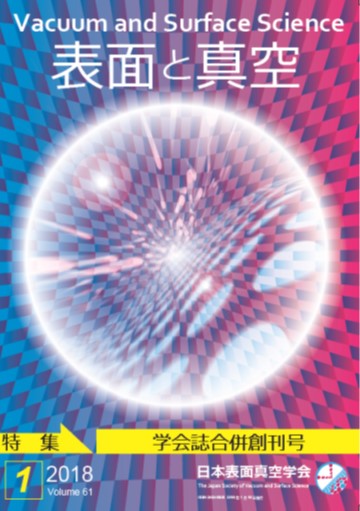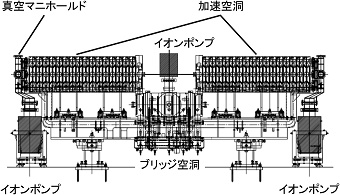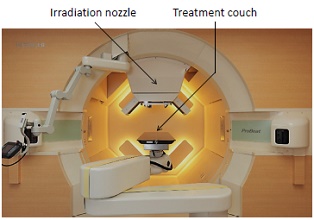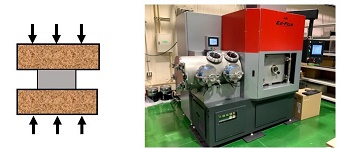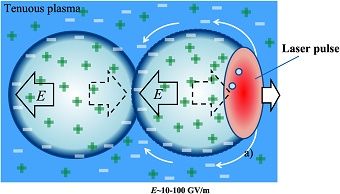Volume 65, Issue 12
Special Feature : Particle Accelerators and Their Future
Displaying 1-13 of 13 articles from this issue
- |<
- <
- 1
- >
- >|
Preface
-
Article type: Preface
2022 Volume 65 Issue 12 Pages 553
Published: December 10, 2022
Released on J-STAGE: December 10, 2022
Download PDF (343K)
Special Feature : Particle Accelerators and Their Future
-
Article type: Introduction
2022 Volume 65 Issue 12 Pages 554-555
Published: December 10, 2022
Released on J-STAGE: December 10, 2022
Download PDF (277K) -
Article type: Current Topics
2022 Volume 65 Issue 12 Pages 556-559
Published: December 10, 2022
Released on J-STAGE: December 10, 2022
Download PDF (372K) -
 Article type: Current Topics
Article type: Current Topics
2022 Volume 65 Issue 12 Pages 560-565
Published: December 10, 2022
Released on J-STAGE: December 10, 2022
-
Article type: Current Topics
2022 Volume 65 Issue 12 Pages 566-570
Published: December 10, 2022
Released on J-STAGE: December 10, 2022
Download PDF (2925K) -
Article type: Current Topics
2022 Volume 65 Issue 12 Pages 571-576
Published: December 10, 2022
Released on J-STAGE: December 10, 2022
Download PDF (1460K) -
Article type: Current Topics
2022 Volume 65 Issue 12 Pages 577-582
Published: December 10, 2022
Released on J-STAGE: December 10, 2022
Download PDF (2870K) -
Article type: Review
2022 Volume 65 Issue 12 Pages 583-588
Published: December 10, 2022
Released on J-STAGE: December 10, 2022
Download PDF (2613K)
Report
Conference Report
-
Article type: Report
2022 Volume 65 Issue 12 Pages 589
Published: December 10, 2022
Released on J-STAGE: December 10, 2022
Download PDF (271K) -
Article type: Report
2022 Volume 65 Issue 12 Pages 590
Published: December 10, 2022
Released on J-STAGE: December 10, 2022
Download PDF (864K) -
Article type: Report
2022 Volume 65 Issue 12 Pages 591
Published: December 10, 2022
Released on J-STAGE: December 10, 2022
Download PDF (616K)
Science Café
Diversity Promotion
-
Article type: Science Café
2022 Volume 65 Issue 12 Pages 592-593
Published: December 10, 2022
Released on J-STAGE: December 10, 2022
Download PDF (563K)
News & Trends
-
Article type: News & Trends
2022 Volume 65 Issue 12 Pages 594
Published: December 10, 2022
Released on J-STAGE: December 10, 2022
Download PDF (336K)
- |<
- <
- 1
- >
- >|
